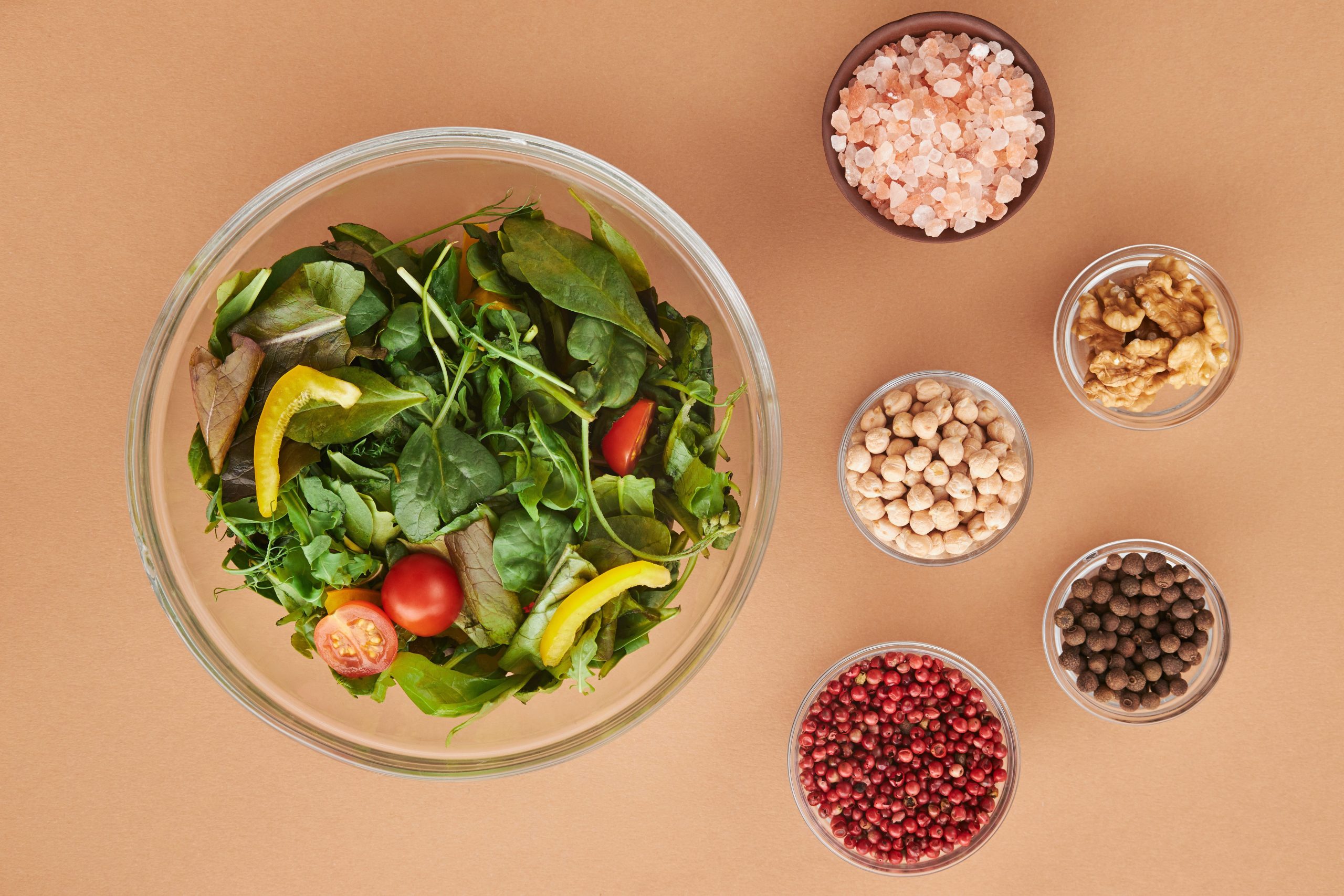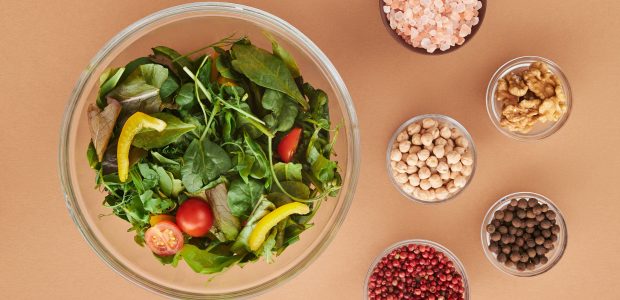
Permacuture is one of the popular techniques of agriculture. So, what type of product do you want to get from permaculture? This article is going to give you the top 5 types of products you can choose to grow in your permaculture farm. Let’s dig in.
Choosing the top 5 plants for permaculture will depend on a variety of factors such as location, soil type, climate, and personal preferences. However, here are some of the popular choices that are suitable for a wide range of permaculture systems:
- Root vegetables: They are easy to store and provide an excellent source of nutrition. Examples include carrots, beets, and potatoes.
- Legumes: They fix nitrogen in the soil and provide an excellent source of protein. Examples include beans, peas, and lentils.
- Garlic and onions: They are easy to grow and provide a potent flavor to any dish.
- Medicinal plants: They can be used to treat various health conditions and can also attract pollinators to the garden. Examples include echinacea, calendula, and chamomile.
- Companion plants: They can help improve soil health, repel pests, and attract beneficial insects. Examples include marigolds, nasturtiums, and borage.
Having root vegetables in permaculture systems can provide numerous benefits, some of which are:
- Source of food: Root vegetables, such as carrots, potatoes, and onions, are highly nutritious and can be consumed fresh or cooked, providing a source of vitamins, minerals, and fiber.
- Long-term storage: Many root vegetables can be stored for long periods, making them an ideal crop for providing food during the winter months.
- Soil improvement: Root vegetables have deep roots that can help improve soil structure and fertility, and can also help prevent erosion.
- Companion plants: Some root vegetables, such as carrots, make good companion plants for other vegetables, helping to break up compacted soil and attract beneficial insects.
- Drought tolerance: Root vegetables are often able to tolerate dry conditions, making them a good choice for permaculture systems in arid regions.
- Disease prevention: Some root vegetables, such as garlic and onions, contain compounds that can help prevent diseases and boost the immune system.
- Educational value: Root vegetables provide an opportunity for hands-on learning and can be used to teach children and adults about the benefits of eating a healthy diet.
- Income generation: If you have excess root vegetables from your garden, you can sell them or trade them for other goods or services, providing an additional source of income.
Having legumes in permaculture systems can provide numerous benefits, some of which are:
- Source of protein: Legumes, such as beans and peas, are an excellent source of plant-based protein, making them a valuable addition to a vegetarian or vegan diet.
- Nitrogen fixation: Legumes can fix nitrogen from the atmosphere into the soil, improving soil fertility and reducing the need for synthetic fertilizers.
- Soil improvement: Legumes have deep roots that can help improve soil structure and prevent erosion, and can also help break up compacted soil.
- Companion plants: Some legumes, such as peas, make good companion plants for other vegetables, helping to provide shade and support for climbing plants.
- Pest control: Legumes, such as cowpeas, have natural pest-repelling properties and can help control insect infestations without the use of harmful chemicals.
- Biodiversity: Legumes can help increase the biodiversity of the garden and support a variety of beneficial insects, such as bees and butterflies.
- Sustainable agriculture: Legumes are a key component of sustainable agriculture and can help reduce the environmental impact of food production.
- Educational value: Legumes provide an opportunity for hands-on learning and can be used to teach children and adults about the importance of soil health and sustainable agriculture.
- Income generation: If you have excess legumes from your garden, you can sell them or trade them for other goods or services, providing an additional source of income.
Having garlic and onions in permaculture systems can provide numerous benefits, some of which are:
- Source of food: Garlic and onions are commonly used in cooking and provide flavor to a variety of dishes.
- Health benefits: Garlic and onions have medicinal properties and have been shown to have numerous health benefits, including boosting the immune system and reducing the risk of heart disease.
- Pest control: Garlic and onions have natural pest-repelling properties and can help control insect infestations without the use of harmful chemicals.
- Soil improvement: Garlic and onions have deep roots that can help improve soil structure and fertility, and can also help prevent erosion.
- Companion plants: Garlic and onions make good companion plants for other vegetables, helping to repel pests and attract beneficial insects.
- Long-term storage: Garlic and onions can be stored for long periods, making them an ideal crop for providing food during the winter months.
- Sustainable agriculture: Garlic and onions are a key component of sustainable agriculture and can help reduce the environmental impact of food production.
- Educational value: Garlic and onions provide an opportunity for hands-on learning and can be used to teach children and adults about the importance of soil health and sustainable agriculture.
- Income generation: If you have excess garlic and onions from your garden, you can sell them or trade them for other goods or services, providing an additional source of income.
Having medicinal plants in permaculture systems can provide numerous benefits, some of which are:
- Source of medicine: Medicinal plants, such as aloe vera, echinacea, and chamomile, can be used to treat a variety of health conditions and provide a natural alternative to pharmaceutical drugs.
- Health benefits: Many medicinal plants have been shown to have numerous health benefits, including boosting the immune system, reducing inflammation, and promoting relaxation.
- Biodiversity: Medicinal plants can help increase the biodiversity of the garden and support a variety of beneficial insects, such as bees and butterflies.
- Soil improvement: Medicinal plants have deep roots that can help improve soil structure and fertility, and can also help prevent erosion.
- Companion plants: Some medicinal plants, such as marigolds, make good companion plants for other vegetables, helping to repel pests and attract beneficial insects.
- Sustainable agriculture: Medicinal plants are a key component of sustainable agriculture and can help reduce the environmental impact of food production.
- Educational value: Medicinal plants provide an opportunity for hands-on learning and can be used to teach children and adults about the importance of natural medicine and sustainable agriculture.
- Income generation: If you have excess medicinal plants from your garden, you can sell them or trade them for other goods or services, providing an additional source of income.
Having companion plants in permaculture systems can provide numerous benefits, some of which are:
- Pest control: Some companion plants, such as marigolds, can help repel pests and reduce the need for harmful pesticides.
- Soil improvement: Companion plants can help improve soil fertility by fixing nitrogen and adding organic matter to the soil.
- Biodiversity: Companion plants can help increase the biodiversity of the garden and support a variety of beneficial insects, such as bees and butterflies.
- Microclimate control: Companion plants can help regulate temperature and moisture levels in the garden, creating a more favorable growing environment for other plants.
- Increased yields: Companion planting can help increase yields by improving pollination, reducing competition for resources, and providing shade and support for other plants.
- Nutrient cycling: Companion plants can help cycle nutrients through the soil, reducing the need for synthetic fertilizers.
- Aesthetics: Companion plants can add beauty and diversity to the garden, making it a more pleasant and inviting space.
- Sustainable agriculture: Companion planting is a key component of sustainable agriculture and can help reduce the environmental impact of food production.
- Educational value: Companion planting provides an opportunity for hands-on learning and can be used to teach children and adults about the importance of biodiversity and sustainable agriculture.
So, what are you waiting for? Begin your permaculture journey with amazing ideas to grow products. Keep in touch with us to get exciting articles about nature, agriculture, permaculture. Till then keep it loose with nature.

